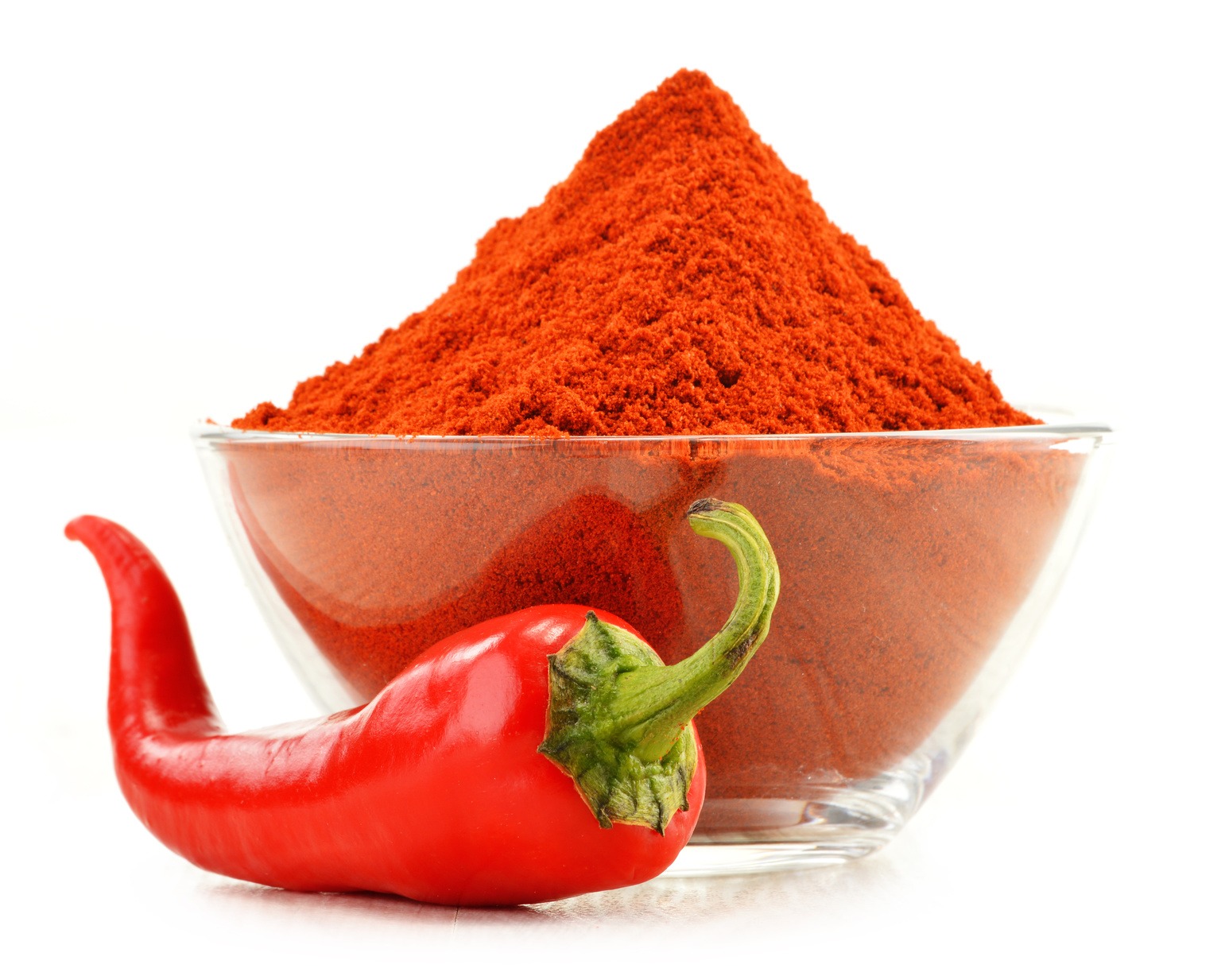I’m the kind of guy that puts hot sauce on virtually everything. I love the burn, I love the taste, and I love the health benefits. Cayenne pepper adds great flavor and bold kick to a variety of foods, there are a lot of health reasons to enjoy something spicy.
The spice factor that cayenne pepper and other hot peppers contain is thanks to a compound known as capsaicin. Different peppers have varying levels of capsaicin, making some a whole lot spicier than others. The amount of capsaicin that a given pepper contains is measured and classified by “heat units” using system known as the Scoville rating scale. A jalepeno pepper, for example, is rated about 5,000 Scoville heat units, while the habanero pepper — a spicy one indeed — is rated between 150,000 and 350,000 units.
The scale goes up even higher than that: The hottest known pepper in the world, the Carolina Reaper, is rated 2.2 million Scoville units. That kind of heat can make it dangerous to bite into one of these peppers. You’ve probably heard of the trend of contests seeing who can eat the hottest peppers: videos of these contests abound online. Contestants in these challenges often burn their mouths, sometimes badly — and you should definitely not try this with a Carolina Reaper. Hot peppers do require some caution, but when prepared correctly, it’s well worth it.
The Scoville rating of cayenne peppers, which are a type of red chile pepper, is anywhere between 30,000 and 50,000 heat units. They’re spicy, but tolerable for most individuals unless they are sensitive to hot peppers. Chile peppers of any variety are native to South and Central America, where they have been cultivated and enjoyed for their medicinal and culinary properties for thousands of years. European explorers brought chile peppers to various regions of the world in the 15th and 16th centuries, and today, every continent grows some type of chile. Today, cayenne peppers are primarily grown in East Africa, India, Mexico, and the US.
Capsaicin has some very useful medicinal benefits. For some of these benefits, it is used topically, and for others, it is consumed. The following are just a few health benefits of Cayenne peppers:
– High in vitamins A, E, and K, along with a range of B-vitamins
– Anti-inflammatory properties, both when consumed orally and/or applied topically.
– A great source of free radical-fighting antioxidants
– Anti-microbial and immune supportive
– Capsaicin and other compounds in peppers can increase metabolism, making cayenne pepper a great addition to a weight loss/metabolism boosting program
– Cardiovascular benefits, such as lowering blood cholesterol and reducing platelet clumping
– Clearing nasal and sinus congestion
– May decrease risk of developing type 2 diabetes
– Relieving pain from musculoskeletal injury and swelling when applied topically. Due to the analgesic effects of capsaicin, it is found in many creams and ointments.
If you love spicy food as much as I do, you probably already add hot sauce to your meals. Cooking with cayenne peppers themselves, both ground and whole, is also a delicious way to get that kick. Whole fresh or dried cayenne peppers can be added to many soups, sauces, and stews, while the ground variety is great for spice rubs (for organic meats or veggies), marinades, and more. A homemade salsa, guacamole, or hummus can be greatly amplified by adding some fresh, dried, or ground cayenne.
Enjoy the burn…
– Dr. Joshua Levitt









